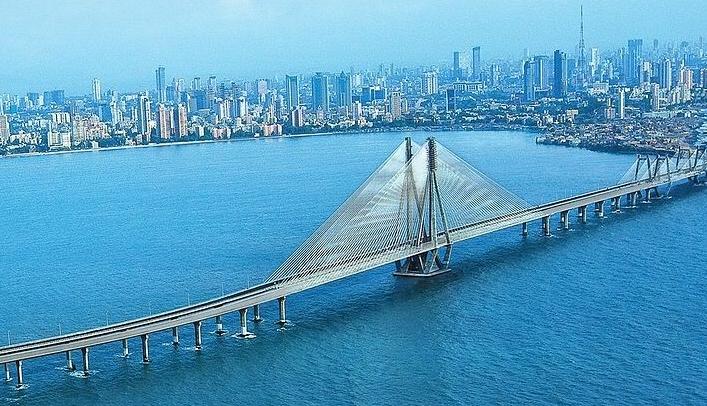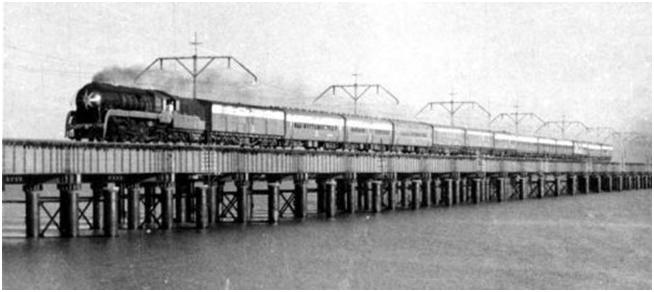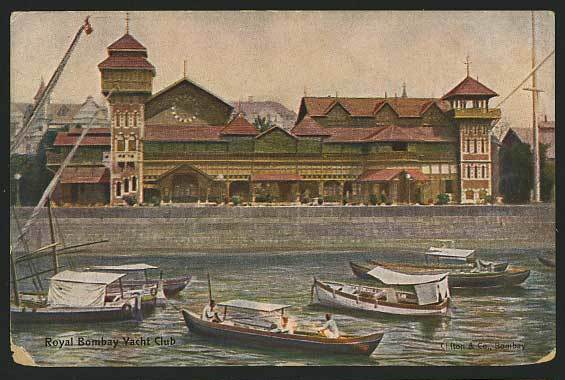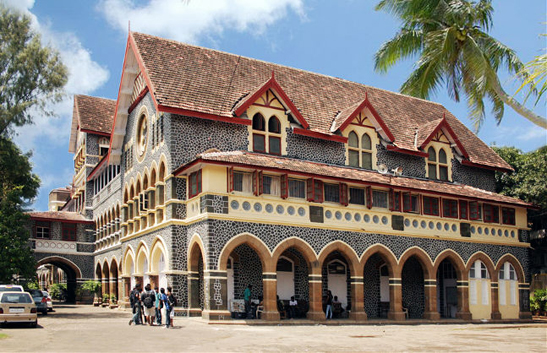Old Mumbai pictures from Bombay to Mumbai
Maumita Mitra 28 February 2020
The financial capital of India is a land of opportunities for people across genres. Be it the Bollywood, Bombay Stock Exchange, Juhu Beach or the famous Queen’s Necklace(Marine Drive) Aamchi Mumbai has marked its presence on the map since times immemorial.
Bombai or The Good Bay was the name given to this archipelago of 7 islands by the Portuguese. It gained prominence when East India Company found Bombay a good port for trade transactions from Surat. And since then, there has been no turning point in the journey of the city which now gives shelter to millions of people across the country who land here with the hope of making it big in one field or the other. Home of the business tycoons, Bombay was renamed To Mumbai when the ruling party in 1995 thought that Bombay reflected British culture while Mumbai connected it to the Maratha culture. Hence the name Mumbai!!
Let’s navigate through the journey of the city from Bombay to Mumbai
The Reclamation: Series of reclamations have undergone in the 7 islands Mahim, Parel, Colaba, Wadala, Old Woman’s Island, Matunga-Sion and Mazagaon to form what we call today as Mumbai.


Gateway of India: Built in the early 20th century, the iconic Gateway of India is a 26 m high arched monument. Constructed on the former Apollo Bunder pier, this landmark monument was erected to commemorate the arrival of Queen Mary and King George V.


Church gate Railway Station: Way back during the 18th and 19th century Mumbai was the walled city and had three gates and Church Gate was one of those. Today the revamped look of Churchgate Railway Station might make you feel if there is any such history related to the place. Veer Nariman Street near Churchgate, is the hub of head offices of the major financial institutions in India and looks nothing short of a high-class business district.


Victoria Terminus: Now famous as Chattrapati Shivaji Terminus, Victoria Terminus is an iconic landmark that is synonymous with the city of dreams. It was built in 1887 and is one of the busiest railway stations in India. VT station as it is popularly known as even today has been a common location for movies and was in the limelight during the attacks of 26/11.


Asiatic Town Hall: Seen in many famous Bollywood films, this classical building was built in 1830 and some of the very rare collections can be found on its shelves. The structure is typical neoclassical and is inspired by Greek and Roman architecture.


Bombay University: The dream destination for the learned and aspiring youth, Bombay University came into existence in 1857 and happens to be one of the largest universities in the world. Rajabhai Clock Tower which is yet another famous tower in Mumbai is now the home of the university’s library.


Bhendi Bazar: A market in South Mumbai, Bhendi Bazar got its name when Britisher sliving in Crawford Street in Fort, referred to this area as “behind the bazaar”. The natives started calling it Bhendi Bazar and to date, the same holds good.


Crawford Market: Now renamed as Mahatama Jyotiba Phule Market, this place throngs with everything you need from simple to complex from needs to desires. It is one of the busiest markets and dogs, cats and endangered species are sold here.


Bhayander Bridge: This Bridge was the connecting link between Bhayander and Naigaon and was built over Bhayander Creek. The bridge was short and only a few vessels could pass through it.


Colaba Causeway: A commercial street that serves as the main link between Colaba and Old Woman’s Island, Colaba Causeway holds pride in being the first to host horse tram carts. Today you can see café Mondegar marking the beginning of Colaba Causeway with Hotel Taj, Leopold Café in the vicinity.


Colaba Sea Face: For those who love to spend evenings walking by the sea, a meager look at Colaba seafront can fill the soul with oodles of contentment.


Dadar Station: This station has been in limelight owing to the number of films which have been shot here. There are 8 platforms on this station and it happens to be one of the busiest ones in Mumbai. You can also buy your new Property in Dadar location


High Court: Designed by British engineer, the first sitting in the court was held in 1879.English and Gothic architecture make this building look magnificent and splendid.


Flora Fountain: Built-in 1864,Flora fountain depicts Roman Goddess Flora standing atop the fountain. Located at HutatmaChowk(Martyr’s Square),this architectural monument is a sight to behold.


Malabar Hill: The who’s and who’s of the town have their residence in this upmarket area of Mumbai. It is the highest point in Mumbai and is also famous for Walkeshawar Temple which was founded by Silhara Kings.


Marine Drive: Queen’s Necklace as is today called Marine Drive glitters during the nights and one gets to see the best art deco architecture in the city while driving on Marine Drive's shaped six-lane concrete road looks magnificent when seen from an elevation at night.


Lamington Road: Best known as the IT hub of Mumbai, this deserted place from yesteryears now boasts of being the wholesale and retail market of electronic items.


Oval Maidan: A popular recreation ground in an oval shape, Oval Maidan in South Mumbai is spread across 22 acres of land and one can see Bombay University and Bombay High Court from the ground.


Parsik Tunnel: Lying on Mumbai-Kalyan mainline, Parsik Tunnel is the first tunnel built in India. It is 1.3 km long and during one point in time, it was the third-largest tunnel in Asia.


Cuffe Parade: Skyscrapers in the city are located in Cuffe Parade which is named after T.W. Cuffe of Bombay City Improvement Trust which reclaimed 75000 square meters of land. It nestles the major offices and for that reason, it is the important business district in Western India.


Port of Mumbai: Primarily used for bulk cargo, this is anatural harbor that spreads over 400 square kilometres. It lies in the southern portion of Ulhas River estuary. Elephanta is one of the six islands which lie in the harbor.


Elphinstone Circle: While having a look at the vintage and iconic landmarks of the city,one cannot miss Elphinstone Circle which houses Hermes and Christian Louboutin to name a few. Named after Lord Elphinstone, this circle is an epitome of splendid architecture and design.


Yacht Club: A club for the uber-rich, Yacht Club has had its line of vintage and prestige which runs down since 1846.Located in Colaba, the club overlooks the Gateway of India and The Bombay Harbour.


Wilson College: Founded in 1832, Wilson College is one of the oldest colleges in India and has been a favourite destination to showcase the college life in various Bollywood movies owing to its grandeur architecture and design. Elevated first-floor classrooms with teakwood trusses were the centre of attraction when the college was formed.


Mumbai Devi Temple: Dedicated to Goddess Mumba, this temple dates back to 1675.Statue of Goddess Parvati in her fisherwoman form is erected in the temple which was earlier built by kolis (fisher folk) and agris (salt collectors).The word Mumbai itself is derived from the word Mumba and ai (which means mother in Marathi).


Dagdi Chawl: Chawl is defined as an area where people live in kholis and use the common facilities. Used in numerous Hindi movies, Dagdi Chawl is a neighbourhood in Byculla in Mumbai where mill workers of the industries lived together.


The growth in the city has been tremendous and is evident from the potential the city holds for the youth of the country. Be it the Bollywood or the film city, millions of youth land in the city to either have one sight of their favourite actor or make their name in the industry. For the big investment Bankers and Analysts, the sky is the limit once you are in Mumbai because apart from the Arabian Sea there is a sea of opportunities which can make you realize your dreams.
The highlight of the city today is the magnanimous Bandra-Worli Sea link which is a mammoth structure built beautifully and reduces the commuting time for the locals.
If you wish to feel the air of Mumbai, travel in the local trains, feel the jerks, push yourself across the boundaries, enjoy the local delicacies and make sure you don’t forget to take the autograph of your favourite actor before heading back home!!
This is the story of our very own Bombay which we see every day on our TV screens and dream of going there and creating our own story!
Get in Touch With us
Register here and Avail the Best Offers!!





